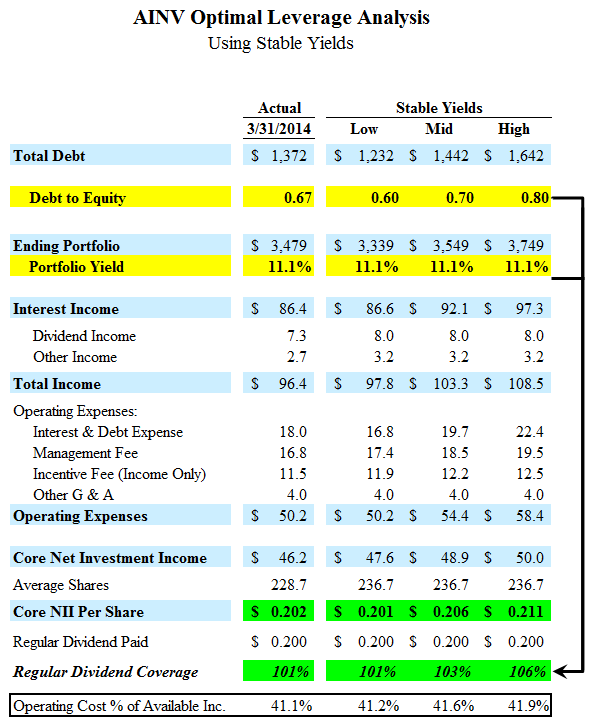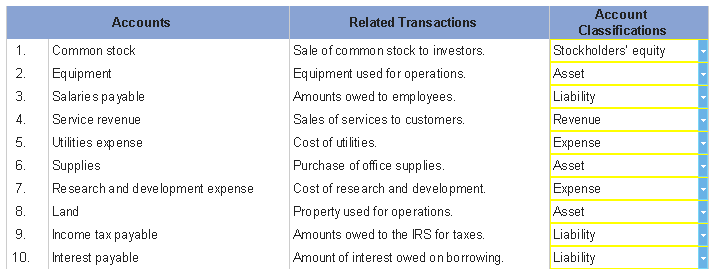

The dividend typically involves either the distribution of shares of another company that the issuing corporation owns (one of its assets) or a distribution of inventory. The related journal entry is a fulfillment of the obligation established on the declaration date it reduces the Cash Dividends Payable account (with a debit) and the Cash account (with a credit).Ī property dividend occurs when a company declares and distributes assets other than cash. This is the date that dividend payments are prepared and sent to shareholders who owned stock on the date of record. The date of payment is the third important date related to dividends. There is no journal entry recorded the company creates a list of the stockholders that will receive dividends. The date of record determines which shareholders will receive the dividends. The second significant dividend date is the date of record. Ultimately, any dividends declared cause a decrease to Retained Earnings. While a few companies may use a temporary account, Dividends Declared, rather than Retained Earnings, most companies debit Retained Earnings directly. The journal entry to record the declaration of the cash dividends involves a decrease (debit) to Retained Earnings (a stockholders’ equity account) and an increase (credit) to Cash Dividends Payable (a liability account). The date of payment is the date that payment is issued to the investor for the amount of the dividend declared.

These shares are said to be sold ex dividend. Investors who purchase shares after the date of record but before the payment date are not entitled to receive dividends since they did not own the stock on the date of record. The date of record establishes who is entitled to receive a dividend stockholders who own stock on the date of record are entitled to receive a dividend even if they sell it prior to the date of payment.

On the other hand, stock dividends distribute additional shares of stock, and because stock is part of equity and not an asset, stock dividends do not become liabilities when declared.Īt the time dividends are declared, the board establishes a date of record and a date of payment. Cash and property dividends become liabilities on the declaration date because they represent a formal obligation to distribute economic resources (assets) to stockholders. The date of declaration is the date on which the dividends become a legal liability, the date on which the board of directors votes to distribute the dividends. Regardless of the type of dividend, the declaration always causes a decrease in the retained earnings account.Ī company’s board of directors has the power to formally vote to declare dividends. Treasury shares are not outstanding, so no dividends are declared or distributed for these shares. Note that dividends are distributed or paid only to shares of stock that are outstanding. 2 Companies that have both common and preferred stock must consider the characteristics of each class of stock. While Costco’s regular quarterly dividend is ?0.57 per share, the company issued a ?7.00 per share cash dividend in 2017. Some companies, such as Costco Wholesale Corporation, pay recurring dividends and periodically offer a special dividend. A special dividend usually stems from a period of extraordinary earnings or a special transaction, such as the sale of a division. In exceptional circumstances, some corporations pay a special dividend, which is a one-time extra distribution of corporate earnings. Most companies attempt dividend smoothing, the practice of paying dividends that are relatively equal period after period, even when earnings fluctuate. In other instances, a business may want to use its earnings to purchase new assets or branch out into new areas. Another scenario is a mature business that believes retaining its earnings is more likely to result in an increased market value and stock price.

The company may want to invest all their retained earnings to support and continue that growth. One common scenario for situation occurs when a company experiencing rapid growth. Some companies choose not to pay dividends and instead reinvest all of their earnings back into the company. 1 It is likely that these companies waited to declare dividends until after financial statements were prepared, so that the board and other executives involved in the process were able to provide estimates of the 2017 earnings. companies declared either cash, stock, or property dividends-the largest number of declarations since 2004. The declaration and payment of dividends varies among companies.


 0 kommentar(er)
0 kommentar(er)
